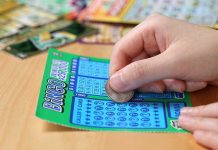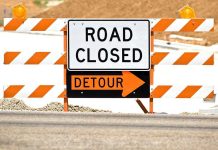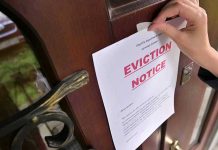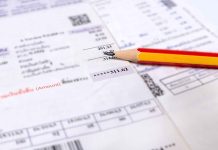
(DailyDig.com) – Buying a foreclosed house offers the opportunity to save money, but it also comes with certain risks the buyer should be aware of before taking the plunge.
Banks often are willing to take a loss to dispose of a house as quickly as possible, so they often will sell foreclosed homes below the market value. But sales are “as is,” so the buyer might find hidden problems down the line that will end up costing thousands of dollars to fix. Foreclosed homes certainly should come with the warning: Buyer beware!
What is a foreclosed home?
Foreclosed homes are classified under several status situations, depending upon state regulations and where the home is in the foreclosure process. Generally, a bank will foreclose on a home when the buyer has failed to make payments for a certain period of time, often three to six months. States handle the process differently, with some needing to go through a judge and others not.
Among the scenarios that are possible when a home is listed as a foreclosure sale are:
- The homeowner and bank have agreed to sell the house with the proceeds to pay toward the mortgage principal.
- The homeowner has signed over possession to the bank.
- The home has been through a foreclosure auction and the bank submitted the winning bid.
- A local or state taxing district has taken possession of a home for failure to pay taxes.
Potential pitfalls of a foreclosed home
Neglect and intentional damage are the two biggest risks that come with a foreclosure home. If the homeowner could not afford their house payment, they likely could not afford to perform regular maintenance on the home either. Lack of maintenance could lead to hidden water leaks, either from rain or faulty pipes, that could cause hidden damage to the substructure or create mold inside walls. Either problem could be expensive to repair.
Also, if the home has sat empty for many months, especially in areas with extreme cold or extreme heat, more damage could have occurred if the home was not properly winterized.
Homeowners angry over losing their homes also oftentimes will inflict property damage before they leave, knocking holes in walls, pouring harmful chemicals on floors or in drains, etc. These can lead to thousands of dollars in repairs. Not learning about this damage is greatest when purchasing a foreclosed home through an auction where you might not be able to even see the interior before purchase.
Another non-visible problem could be taxes owed on the home. New buyers often inherit these taxes unless a deal can be worked out with the bank during negotiations to buy the home.
How to avoid hidden costs
The best way to determine the condition of a foreclosed home is to have a professional inspection completed. BobVila.com reports this inspection will cost $300-400. An inspection will determine if any damage has occurred to plumbing, electrical, and heating/AC systems. It also will review the condition of the roof and foundation. A bank will not be willing to make repairs, but the buyer will be aware of future costs when determining how much to offer for the home.
A tax record search should turn up any back taxes that might be owed on a foreclosed home. A title search company can assist with this.
If the house is for sale at an auction and cannot be inspected, the buyer should walk the property if possible and look in the windows. Also, drive around the neighborhood to see what the conditions of similar houses are. A real estate agent also can find comparable properties that have sold in the neighborhood to determine the potential value of the foreclosed home once it is fully repaired.
Copyright 2022, DailyDig.com













